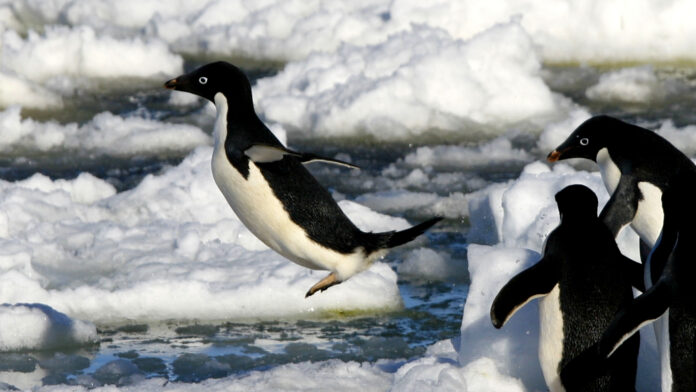US-based Cellular Tracking Technologies (CTT), which makes IoT solutions for wildlife monitoring, has developed a solution with Swiss IoT module maker u-blox to track a penguin colony on Ross Island, in Antarctica. The company was tasked by US wildlife conservation organisation Point Blue to come up with an IoT tracker to enable scientists to track and monitor the diving and feeding behaviour of a large Adélie penguin colony on Ross Island, in Antarctica.
The Adélie penguin is one of only five species of penguins in Antarctica, and serves as a “recognized indicator species” for scientists, demonstrating sensitivity to shifts in climate and the environment. “Monitoring their population is thus crucial for assessing alterations in the marine ecosystem that can result from climate change and human activities like commercial fishing,” said a statement.
Ross Island is “one of the harshest environments on Earth”, said a statement. Point Blue engaged CTT to develop the solution to cope with certain technical challenges. “Scientists aiming to monitor wildlife for conservation purposes in such remote regions face an array of technical challenges, such as the small size of the penguins, their speed and the long time spent underwater, and the lack of affordable connectivity.”
The brief was for an “extremely light and non-invasive” satellite-connected tracking unit, which consumes minimal power during it GNSS positioning and its data transfers to prevent “multiple” battery replacements. CTT turned to u-blox to help with componentry for a “unique and sustainable” IoT monitoring solution to embed into CTT’s GPS tracker (called Penguin Iridium), which attaches to the back of the penguin.
The Swiss firm supplied a compact GNSS module (“known for its ultra-low battery consumption”) to capture the raw location data of each penguin, and hand off the (“power-hungry”) positioning calculation from the device to its cloud service. The so-called CloudLocate positioning service saves “ten times the energy” compared to standard on-device positional fixes in IoT devices, said u-blox.
The CTT tracker is required to transmit only a 50-byte message, to capture crucial location information in a time window of around three seconds – when the penguin emerges from the water to breathe. A statement said CTT will apply the same solution for other wildlife research and conservation efforts.

